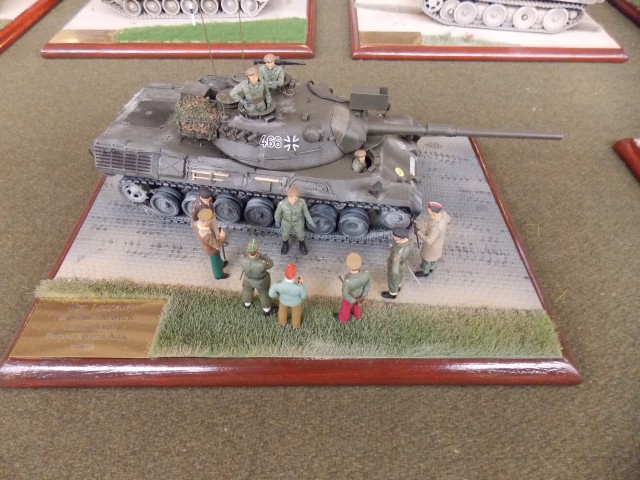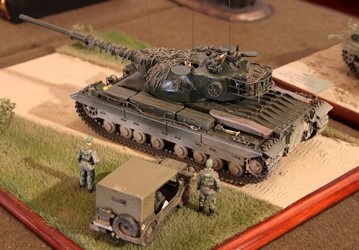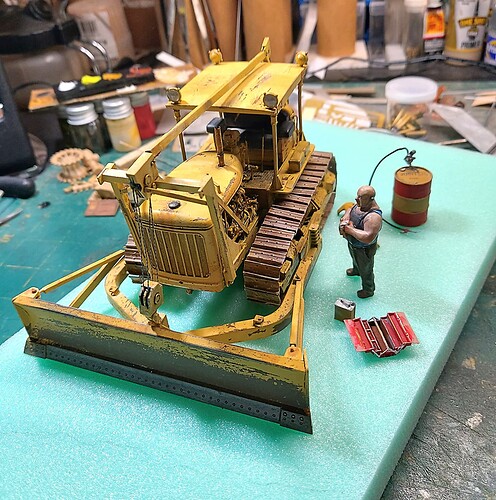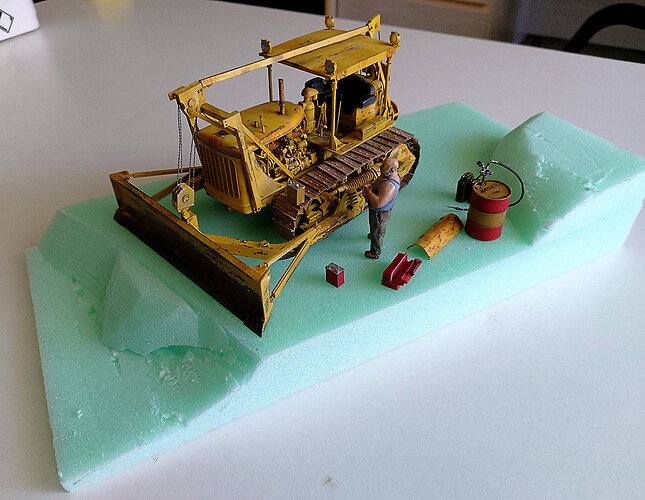I design my bases using a not dissimilar criteria; sometime ago when I first got back into the hobby after a hiatus of some 22 years I joined a club, which meant I was able to display my models (if they were any good - they often weren’t!) at shows. That meant they had to be transported; I hit on the idea of using discarded A4 sized photocopying paper boxes. If I could procure a base sized the same (ie A4 - a standard European size) as the paper, I could invert the box. The base would fit snugly in what was the lid, and if say a model AFV was on the base, then the box itself would give me antennae clearance. This all enabled easier storage as well.
I found that A4 would enable me to display a 1:35 model say an M60 sized-tank, yet still give me enough space to finish off the base with some scenic etc effects or figures. By utilizing these sized boxes I could also use them for smaller bases (for smaller models eg soft-skins etc) as long as they still fitted within the A4 box. I use therefore a mix of 8", 7" and sometimes even smaller square bases depending on the model. All readily transportable within the box.
For larger vehicles, such as heavy tanks or say, I wanted a busier display of several vehicles and figures, I used A3 sized boxes, working to the same criteria as above. My local hobby shop provides me with 12mm deep MDF bases in the sizes I dictate, which is great. I prep these with lots of sanding and varnishing. I finish them off with a standard brass plate suitable engraved, all done quite cheaply at a local shop.
The upshot was, not entirely by accident, was that I really had to think when composing a model/display. Obviously, on the A4 sizes when displaying a MBT, there wasn’t that much spare room, but it did discipline me to think about the positioning, accessories etc, and this is where the size does indeed matter, but as I say, the result is probably a better display as the discipline kicks in; for instance, less is more perhaps.
I hope that, somewhere along the line, this helps.
A couple of (poor) pics:
A4:

showing arguably the max that one can obtain without clutter; and an A3 one:

obviously showing a larger vehicle.








